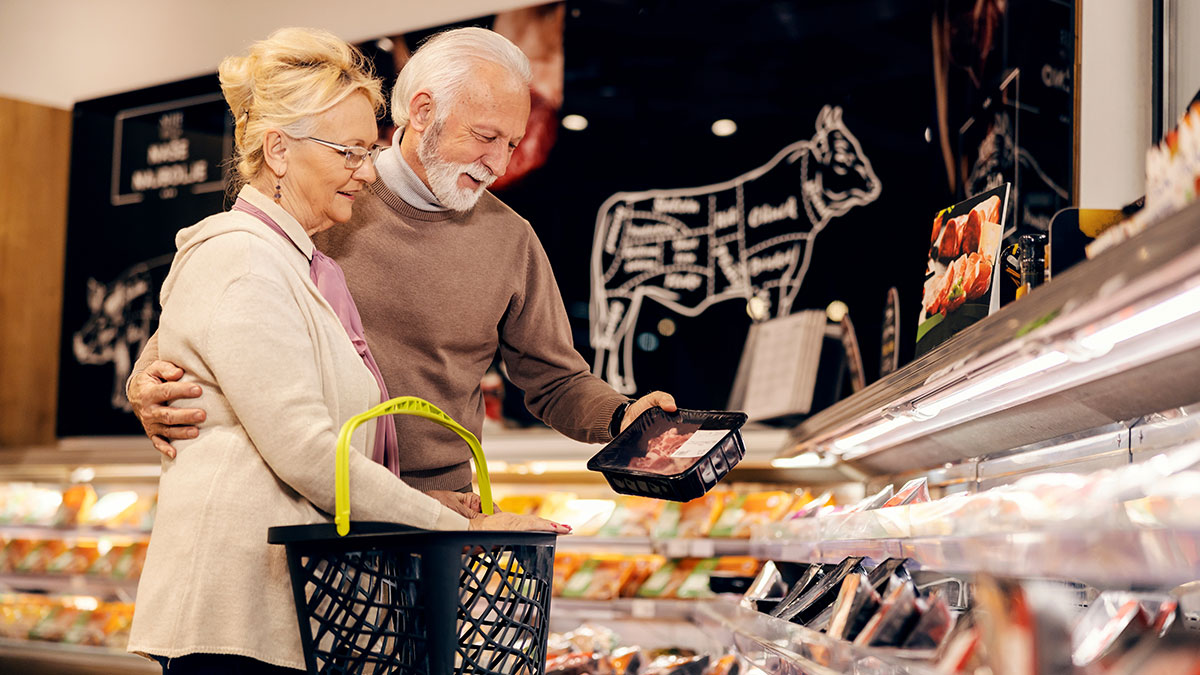By: Steve Markenson, Director, Research & Insights, FMI
 As we launch our third report in our ongoing journey of U.S. Grocery Shopper Trends series, Navigating the Hybrid World, some of the data prompted memories of my college days when one semester it seemed all of my professors lectured about the 80/20 principal. The first time I heard of this principal was in a marketing class where the professor explained that 80% of sales will come from 20% of customers. Then, I went to a business class where the professor insisted that 20% of inputs will lead to 80% of outputs. Apparently, this principle applies to many things from what I have heard:
As we launch our third report in our ongoing journey of U.S. Grocery Shopper Trends series, Navigating the Hybrid World, some of the data prompted memories of my college days when one semester it seemed all of my professors lectured about the 80/20 principal. The first time I heard of this principal was in a marketing class where the professor explained that 80% of sales will come from 20% of customers. Then, I went to a business class where the professor insisted that 20% of inputs will lead to 80% of outputs. Apparently, this principle applies to many things from what I have heard:
-
20% of criminals commit 80% of crimes.
-
20% of web posts lead to 80% of web traffic.
-
20% of patients lead to 80% of health care costs.
-
20% of drivers lead to 80% of accidents.
-
20% of employees do 80% of the work.
-
And so on …
Now, allow me to present a math question: Does the 80/20 rule apply to online grocery shopping? Or, put another way, do 80% of online sales come from 20% of shoppers?
The answer turns out to be that the 80/20 principle does not even come close— it’s more like 40% of online sales come from 20% of shoppers. When looking at our hybrid shopping world, 80% of grocery sales still take place in-store and 20% are online (19% to be precise; up from 11% in 2019). While about 20% (15% to be precise) of shoppers are almost exclusively shopping online, among online shoppers, about 20% (23% to be precise) are almost exclusively online, but 77% of consumers shop online AND in-store regularly. What do all these percentages boil down to? Therefore, to my former professors out there, one can’t apply an 80/20 principle to online grocery shopping.
So, why the big focus on online grocery shopping? Because in an industry, like the food industry, with razor thin margins and stiff competition, that 19% of online grocery sales and those 15% of shoppers can make a huge difference to a 3% profit margin. The hybrid shopper also represents a rapidly changing evolution of grocery shopping. I don’t expect in-store shopping will be extinct in my lifetime, but if food retailers are to thrive in this new world, they should closely consider the hybrid (online and in-store) game and embrace online as another way to meet shoppers’ needs.
I would encourage you to dive into our latest analysis, which provides insights into core shopper needs around selection, convenience, engagement and value with respect to grocery shopping in-store and online. We also explore the complex hybrid landscape as we follow the shopper journey through the key steps of planning, navigating, purchasing and fulfilling in a hybrid world. However, much to the dismay of my college professors, you will not find any applications of the 80/20 principle within the report.
Stay tuned for more as FMI continues to follow the grocery shoppers’ journeys with our six-part U.S. Grocery Shopper Trends series and watch the video below on how one consumer navigates a hybrid grocery shopping world.


 Industry Topics address your specific area of expertise with resources, reports, events and more.
Industry Topics address your specific area of expertise with resources, reports, events and more.
 Our Research covers consumer behavior and retail operation benchmarks so you can make informed business decisions.
Our Research covers consumer behavior and retail operation benchmarks so you can make informed business decisions.
 Events and Education including online and in-person help you advance your food retail career.
Events and Education including online and in-person help you advance your food retail career.
 Food Safety training, resources and guidance that help you create a company food safety culture.
Food Safety training, resources and guidance that help you create a company food safety culture.
 Government Affairs work — federal and state — on the latest food industry policy, regulatory and legislative issues.
Government Affairs work — federal and state — on the latest food industry policy, regulatory and legislative issues.
 Get Involved. From industry awards to newsletters and committees, these resources help you take advantage of your membership.
Get Involved. From industry awards to newsletters and committees, these resources help you take advantage of your membership.
 Best practices, guidance documents, infographics, signage and more for the food industry on the COVID-19 pandemic.
Best practices, guidance documents, infographics, signage and more for the food industry on the COVID-19 pandemic.
